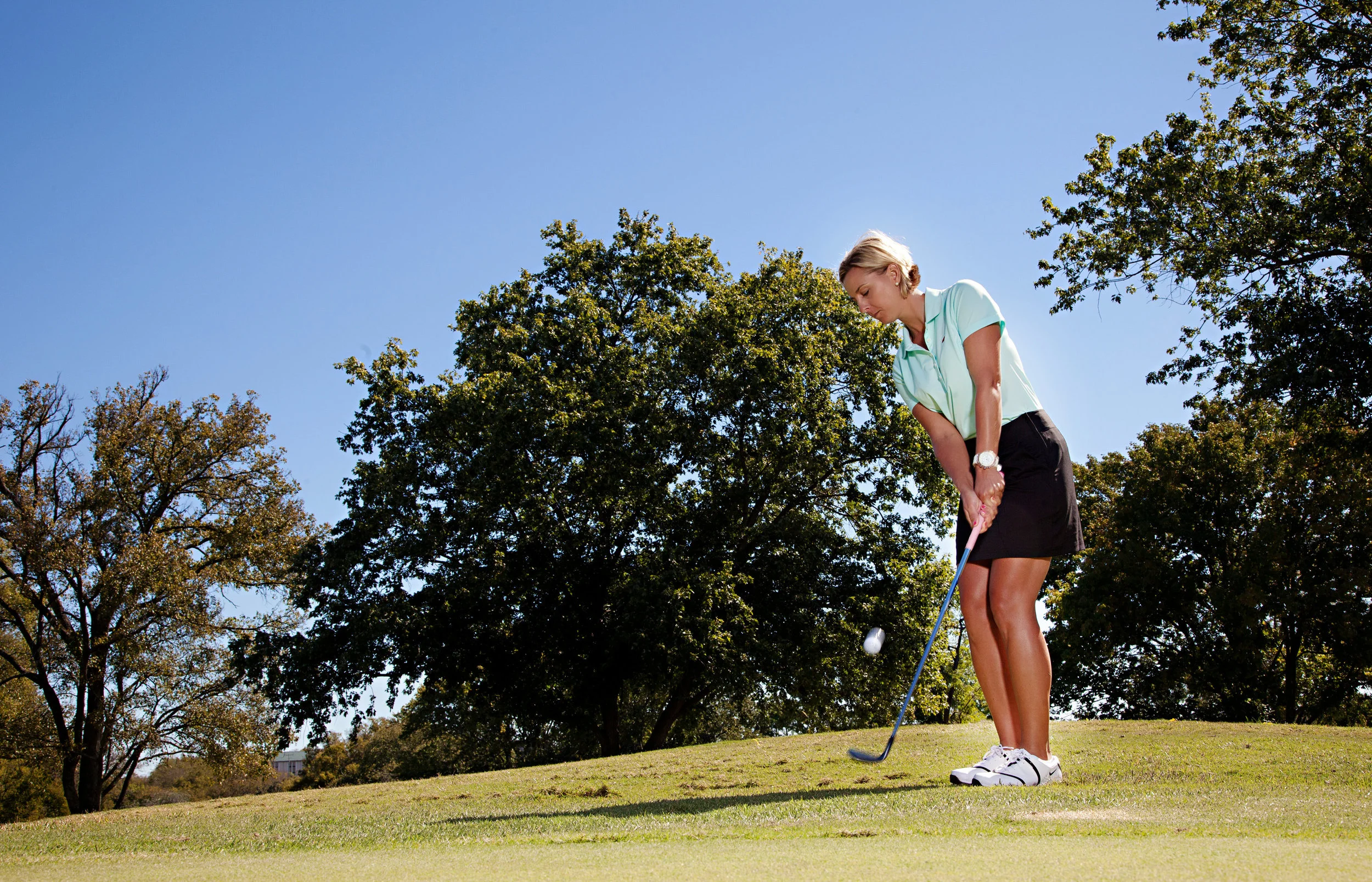Skill Building and Motor Learning
/Golf is a game of skill building and applying motor learning science to your game. Just taking a quick fix "lesson" does not mean you will actually see long term progress. Every golfer needs a program that includes a process to master all three of the essential skills. You basically need to understand ball control, make good decisions and manage yourself on the golf course. That's it! Sounds simple right? It actually can be this simple if you apply motor learning science to your progress.
First, Motor Learning is an area of study focusing on the acquisition of skilled movements as a result of PRACTICE. Let's break this down and apply the information to your game.
To acquire a skill you first need to have a clear concept of the activity you want to perform. This is called cognitive learning or the cognitive phase. It's the same learning we did in school. It's your ability to store, recall and utilize knowledge and information. So after you take a lesson you have information that you will need to recall later. Motor learning ,on the other hand, refers to a learner's ability to store and produce motor skills. You will see in the example below that motor learning takes hours of practice and thousands of repetitions to perform this skill under pressure during competition.
The next step in skill acquisition is the associative phase. This is when a golfer will perform drills, use video and training aids, develop feelings to perform the desired skill. In this phase deliberate practice sessions are crucial. Taking the lesson and learning the information does not mean you will perform a desired movement on the golf course. You must participate in supervised practice sessions with effective feedback, self discovery and transfer training.
The final phase of skill acquisition is the autonomous phase or the transfer of the skill to the golf course. Outside interference, mental distractions or behavioral changes will affect the execution of your skill. So you wonder why you can't take your short game to the golf course? It's simply because you didn't practice under pressure with the same conditions you face on the golf course. 1 ball, 1 shot with a consequence to every swing.
Let's put this in perspective. You take a lesson on how to hit a 30 yard pitch shot. The instructor gives you good pointers and you leave happy with your results. Three days pass and you go out to the golf course to play a round with your buddies. The first time you approach a 30 yard shot you get excited and a little nervous. "Let's see if the lesson worked." You're standing over the ball with thoughts running though your head. "What did he say again?" "Was it weight on the left?" "Hands forward?" "Keep your head down." "Don't use your hands." At this point there is no way you will execute the desired shot. Your grip pressure is tight and tension has overtaken your body. The club hits the ground two inches behind the ball and your immediate reaction is "well that was a waste of a lesson." (You are probably chuckling to yourself right now because you know this familiar situation all too well).
A better approach - participate in a skill development session where you define a clear concept, have time to practice with drills and leave with a plan for future progress.
After reading this article I hope you have a better understanding of skill acquisition and why playing better golf requires skill building, not fixing. And please keep in mind it takes 50 plus hours to learn a skill like golf. My advice to you, get rid of all the interference in your game. Throw away your golf magazines, quit listening to everyone for advice and develop a clear concept for YOUR swing. Find someone you can trust to coach you through your progress. Even if it takes days, months or years.
Jack Nicholas said, "Stick with something long enough to master it." We can't ignore advice from one of the greatest golfers who ever lived. And I can't ignore what I have learned which is why I am expanding my coaching model with two new programs this year.






